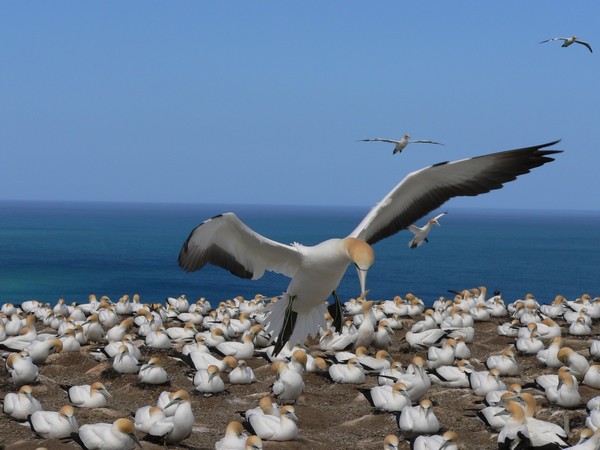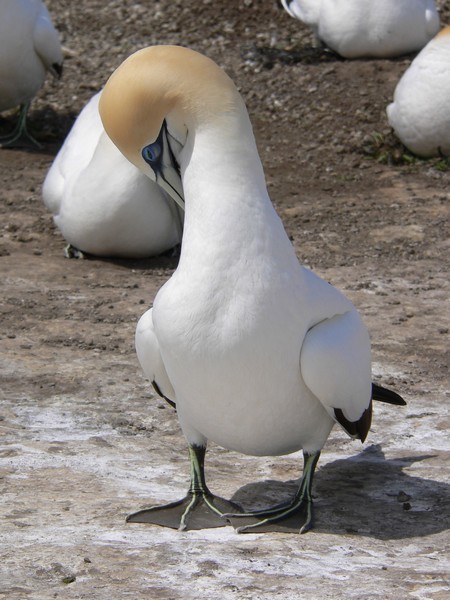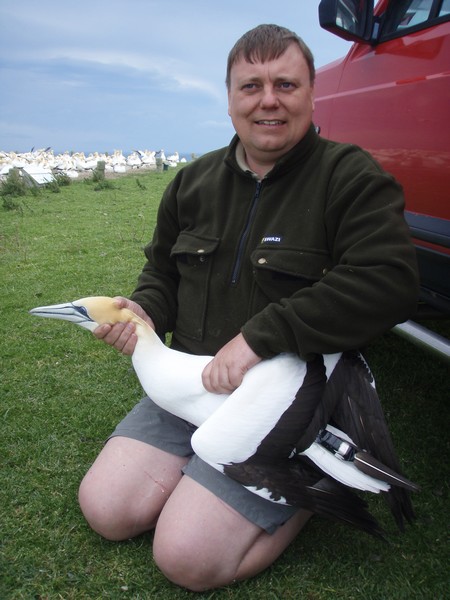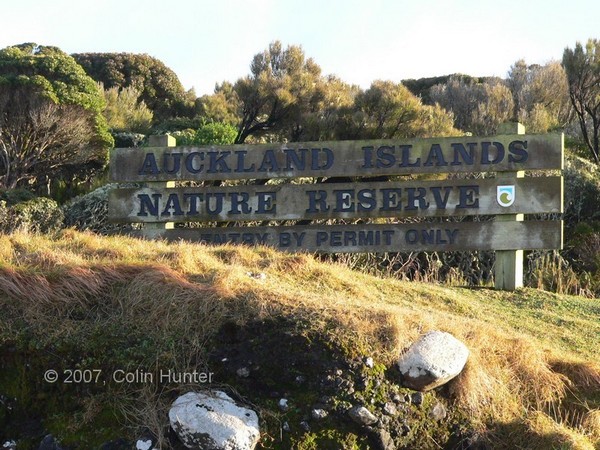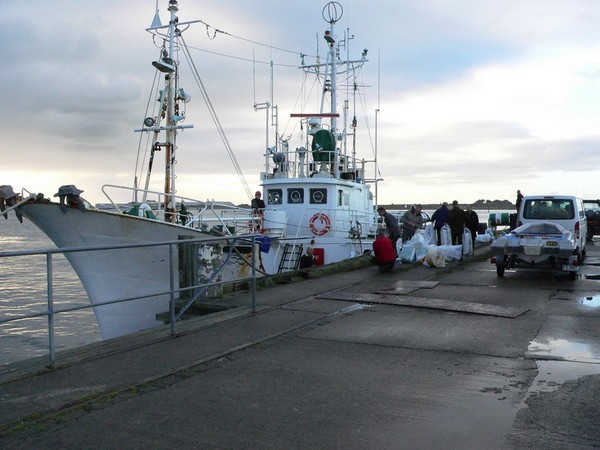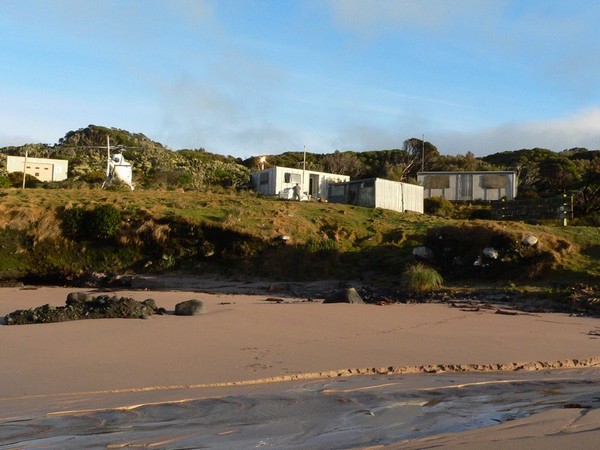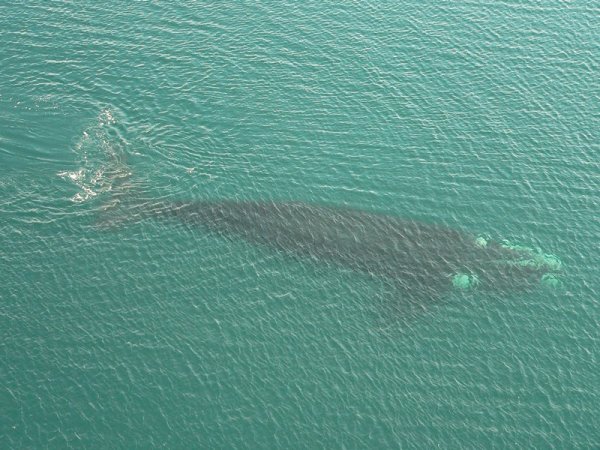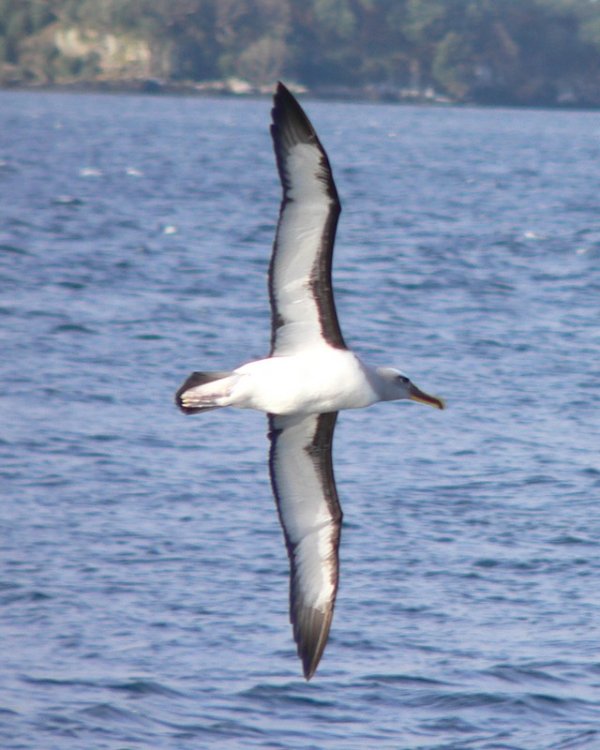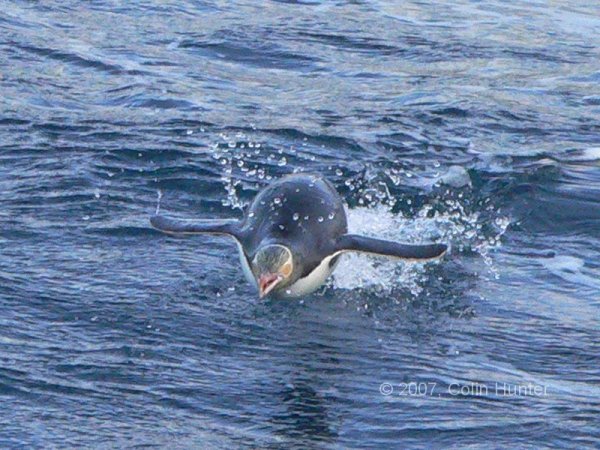Just over a week ago I had my first flight on one of Air New Zealand’s new Boeing 787-9 Dreamliner’s. I had been at a conference in Sydney and flew out back to Auckland mid morning on the Friday. On some flights on this sector AirNZ use long-haul Aircraft, so 777-200/300, or Dreamliner, even though it is a short-haul flight. Just so happened I was on a Dreamliner. On these trans-Tasman and Pacific Islands short-haul routes Air NZ have basic ‘Seat’ and ‘Seat + Bag’ non-changeable options and ‘The Works’ and ‘Works Deluxe’ which are changeable and include food and entertainment in the price. The latter two options put you towards the front of the plane and ‘Deluxe’ guarantees an empty seat next to you on the single aisle Airbus A320. On the Dreamliner, ‘The Works’ puts you at the front of Economy, or in Premium Economy, and ‘Deluxe’ puts you in Business Premiere. I was on a ‘The Works’ ticket, changeable in case of a change of plans which has happened a few times, but I had an Elite short-haul recognition upgrade which bumped me into business. I normally fly long-haul from NZ, so it was nice to be able use a short-haul upgrade for a change. As a frequent flier, you can select your seats online in advance rather than just within the 24 hour online check-in period. So, my first flight on a Dreamliner was in seat ‘1A’.
The Business Premiere seats were developed for the 777-300 and then also used in the 747, now out of service with Air NZ, and 777-200 when they were overhauled, and now the Dreamliner. They don’t fit the Dreamliner as well as the other aircraft as it is seemingly a narrower body. Very comfortable nonetheless. Despite being called ‘Works Deluxe’, it is in fact the full Business Premiere service from long-haul. You get linen, crockery, metal cutlery, attentive service and food developed by Peter Gordon and his team – he has 2 or 3 restaurants in both Auckland and London. So, a 3 hour flight was more like a long lunch in a good restaurant, with fabulous food and excellent NZ wines. So, if you’re planning a trans-Tasman or Pacific Island flight with Air New Zealand, I recommend you check out which aircraft are available and book accordingly for a very pleasant experience over the regular bus trip in an appropriately named short-haul Airbus.



